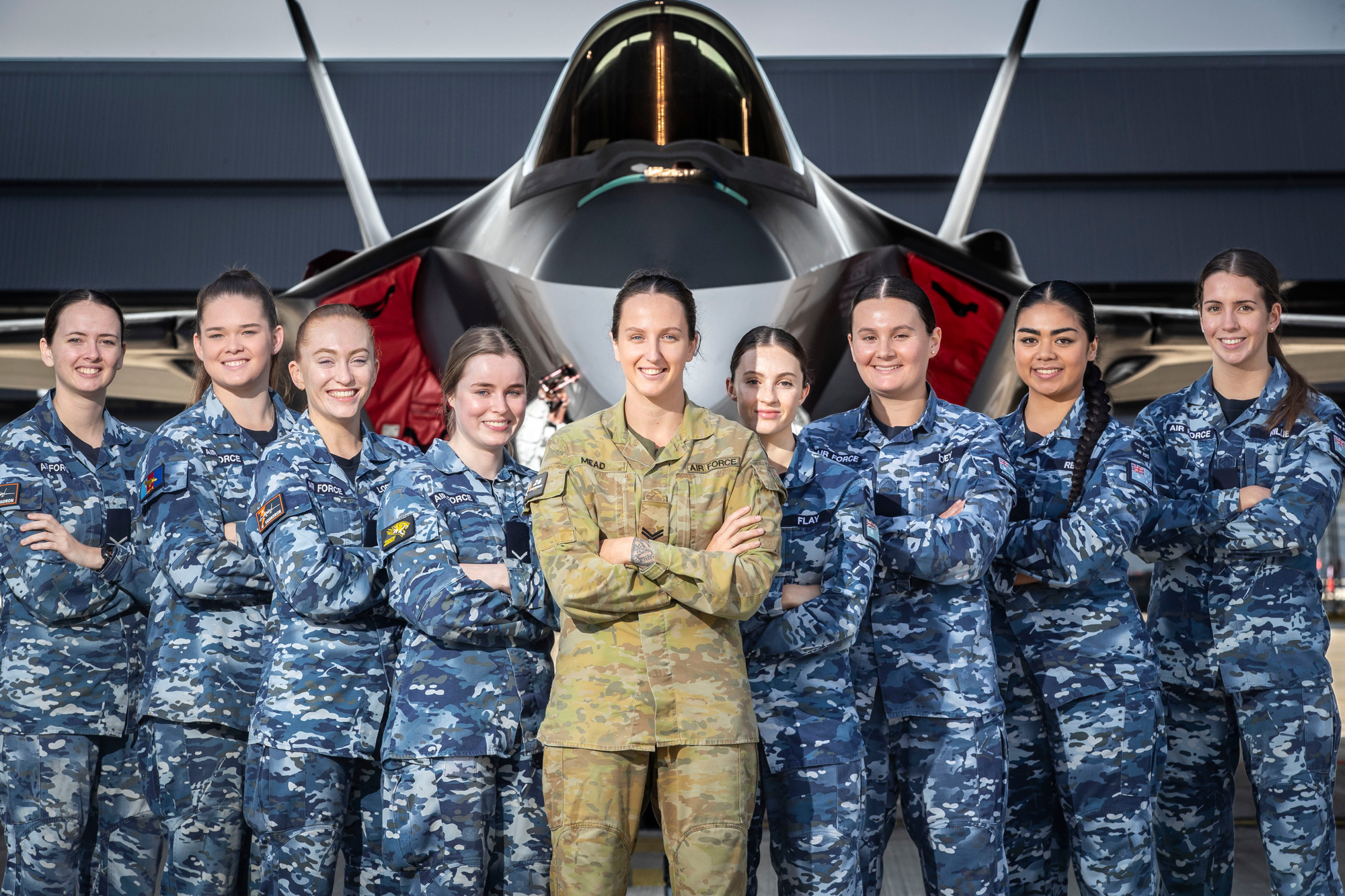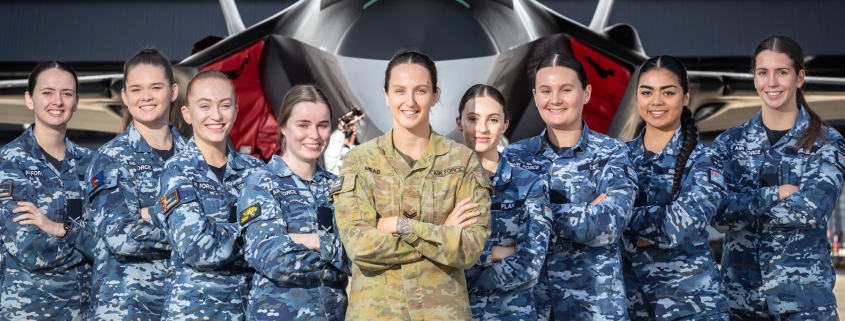Women in combat roles strengthen our defence force
The Ukraine war has been called the bloodiest conflict since World War II. As of July 2024, 10,000 women were serving in frontline combat roles. Try telling them—from the safety of an Australian lounge room—they don’t belong there. But that’s exactly what the now disendorsed Liberal candidate for Whitlam, Benjamin Britton, did last week when he doubled down on his claim that women didn’t belong in combat.
The idea of women in combat is not new; it dates back centuries. That this topic has re-entered mainstream political debate is dangerous and damaging. It risks undermining the morale of our defence force and stoking a culture war at precisely the moment when we should be focused on enhancing capability.
National security is a bipartisan priority, with both sides acknowledging the strategic uncertainty Australia faces: war in Europe, instability in the Middle East and China’s assertiveness in the Indo-Pacific.
Yet instead of strengthening our defence capability, recent political discourse risks undermining it. The resurfacing of comments from Britton—calling for the removal of women from combat roles to ‘fix the military’—and a 2018 interview in which opposition defence spokesman Andrew Hastie claimed the ‘fighting DNA’ of close combat units was ‘best preserved when exclusively male’ do exactly that.
It’s important to clarify what combat roles actually entail. These are positions that engage directly with enemy forces—traditionally found on warships, in fighter aircraft and on the battlefield. But as the character of war has evolved across the five domains—land, sea, air, cyber and space—so too has the nature of combat. The lines are increasingly blurred, exemplified by growing recognition of drone operators as combat roles. Today, defining a combat role is far less clear-cut than it once was. Which only reinforces how ludicrous it is to exclude 50 percent of the Australian population from these roles.
Australia’s journey towards fully integrating women has been a long one. Women have proudly supported Australian military operations since the Boer War in 1899. In 1990, the chief of navy lifted restrictions on women serving at sea, with Royal Australian Navy women deploying in frontline roles during the Gulf War aboard HMAS Westralia. By 1998, the navy allowed women to serve on submarines.
In 1992, most Australian Defence Force roles were opened to women, with only a few exceptions remaining: clearance divers, combat engineers, infantry, artillery, airfield defence and special forces.
In 1992 the Royal Australian Air Force opened fighter pilot roles to women, though uptake has been slow because of cultural barriers rather than capability. Yet even before that, in 1990, female RAAF pilots were already flying C-130s in combat-related roles, and by 2000 women were serving as navigators in Australia’s F-111 strike aircraft.
While admittedly the nature of conflict across the domains is different, these are combat roles where women’s lives are on the line and the sacrifices are just as real.
The journey towards the inclusion of women in land combat roles in Australia has been slower. While ADF women have made key contributions to peacekeeping missions since the 1990s, it wasn’t until 2011 that the formal ban on women serving in land combat roles was lifted, followed by special forces roles in 2014.
This was despite the first woman earning her commando green beret as early as 1981 and women serving as combat medics alongside special forces in Afghanistan before the policy change.
But what of Britton’s specific comments? Setting aside his apparent misunderstanding of the broad range of combat roles, he expressed concern about ‘women’s hips’.
It’s true that studies in Australia and Britain have found that body armour designed for men can have adverse physical impacts on women. But these same studies conclude that such issues can be resolved through improved design. It’s not a reduction in protection, just a redesign to fit the body it’s intended for.
And what about the success rates of women in these physically arduous roles? In 2018, the director of workforce strategy for the army told a parliamentary committee that attrition rates for women in combat roles were broadly the same as those for men.
Likewise, the proportion of applicants, male and female, who fail to meet the physical employment standards for these roles shows no significant gender difference.
As for the so-called fighting DNA of close combat units—I’ve never served in land combat—it’s an experience that deserves the respect of a grateful nation. But based on my operational experience, from service at sea during the second Gulf War to chasing armed drug smugglers in the Caribbean, I can say this: the fighting DNA of a warship is strengthened, not weakened, by diversity of all kinds—including gender.
Australia faces the real prospect of conflict in our region. Faux culture wars such as this serve only to distract from the serious task of preparing our defence force for the challenges ahead.




